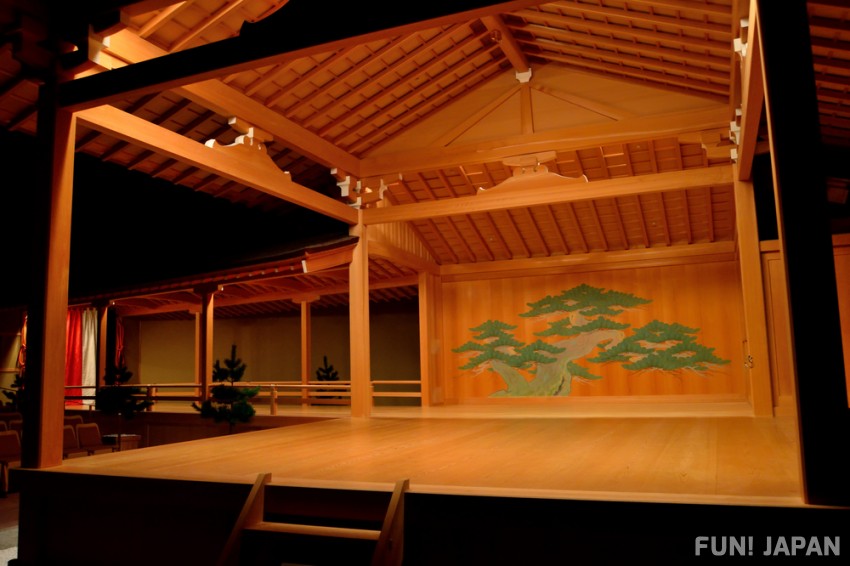
Noh (能) Theater, which tells stories with the use of masks, such as the Hannya ogress mask, is registered as a UNESCO Intangible Cultural Heritage, and is a traditional Japanese performing art alongside Kabuki and Kyogen (comical Noh farces). The narrative is played out by vocal performances and dances, and accompanied by musical instruments such as flutes, small drums, large hand drums, and bass drums. Here, we will introduce the history of Noh and how to enjoy it.
What is Noh? How is it Different to Kabuki and Kyogen?
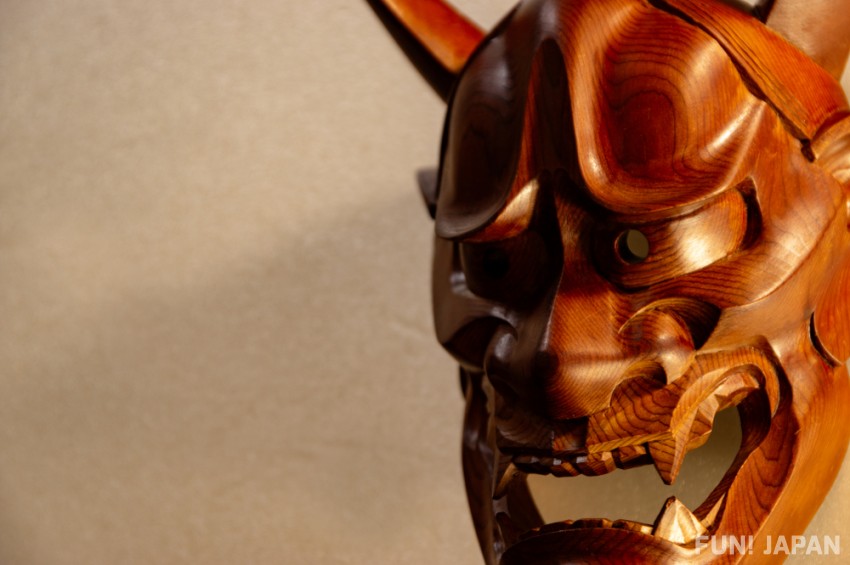
Noh is a theater style where plays are performed while wearing Noh-men (masks), to the accompaniment of music. The actors who wear the masks are playing the leading role or the semi-leading role, and the supporting actors who play real men and Kyogen actors do not wear masks. Kyogen (狂言), which are comical performances using characters from Noh, is a considered both a part of Nohgaku (能楽) as well as a separate performing art. Unlike Noh, which has a lot of tragedies from myths and folk stories, Kyogen has many comedies that express people's daily lives and humorous situations through laughter.
On the other hand, Kabuki is a performing art that portrays a story along with music and dance, developed in the Edo period as a popular entertainment for the common people, about 250 years after Noh and Kyogen were developed. There are many dramatic elements to the style, compared to mysterious Noh.
Yugen: Enjoy the Charm and History of the Traditional Japanese Noh Theater
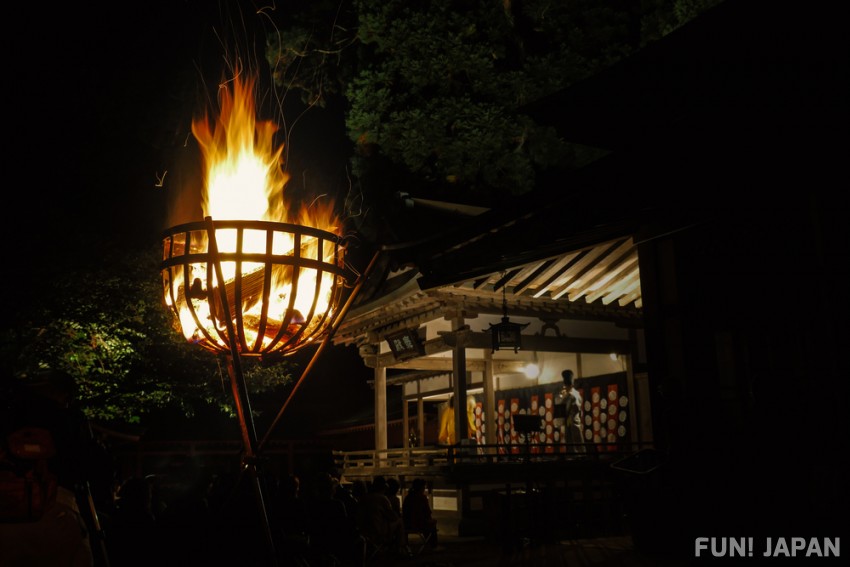
To express the charm of Noh in a word, a good choice is “Yugen (幽玄)”, which means "profound". Some plays have dramatic developments, but some have no significant movement at all. There is a consistent sense of tranquility and profound depth of feeling. It was the father-son team of Kanami (観阿弥) and Zeami (世阿弥) that made Noh a success. Kanami, who was a master of Sarugaku (猿楽), looked to improve the artistic style by adding elements of other performing arts, and he and his son Zeami subsequently established Noh as a more graceful performing art.
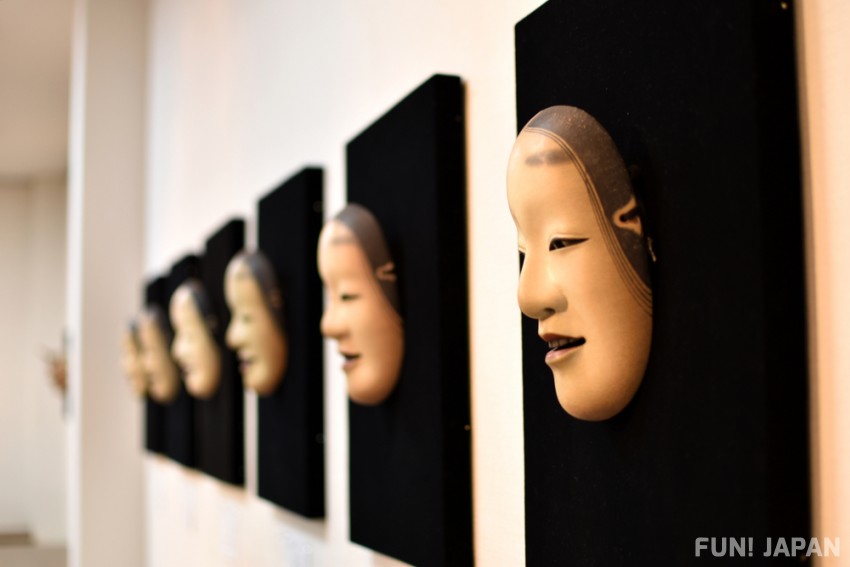
The Noh theater created by Kanami and Zeami is still being performed nearly exactly as they made it, even after more than 600 years. However, there were times when it was hard to say that it was smooth sailing. The Noh theater which has been protected by the authorities in different times, had faced several times crisis of survival, due to the end of the Edo Shogunate and wars. However, it overcome the crisis every time, Noh has now developed into a world-class Japanese traditional culture, and is a traditional entertainment with a long history.
How to Enjoy Traditional Noh Theater! What Kind of Language is Used in Noh?

There are about 260 plays in the current Noh repertoire. Most of them are based on Japanese myths and stories. Since Noh was established, the tradition has been preserved for over 600 years, so old words different from modern Japanese are used. Depending on the Noh theater and the play, voice guides in several languages are available. It is also recommended that you read the explanation booklets in advance. But Noh is an art that transcends language. The mysterious world of Noh will impress you even if you don't understand the language.
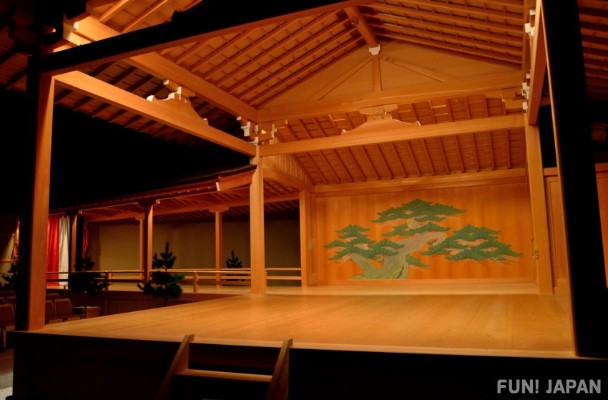
Comments